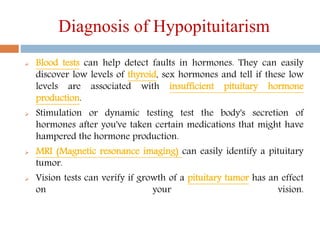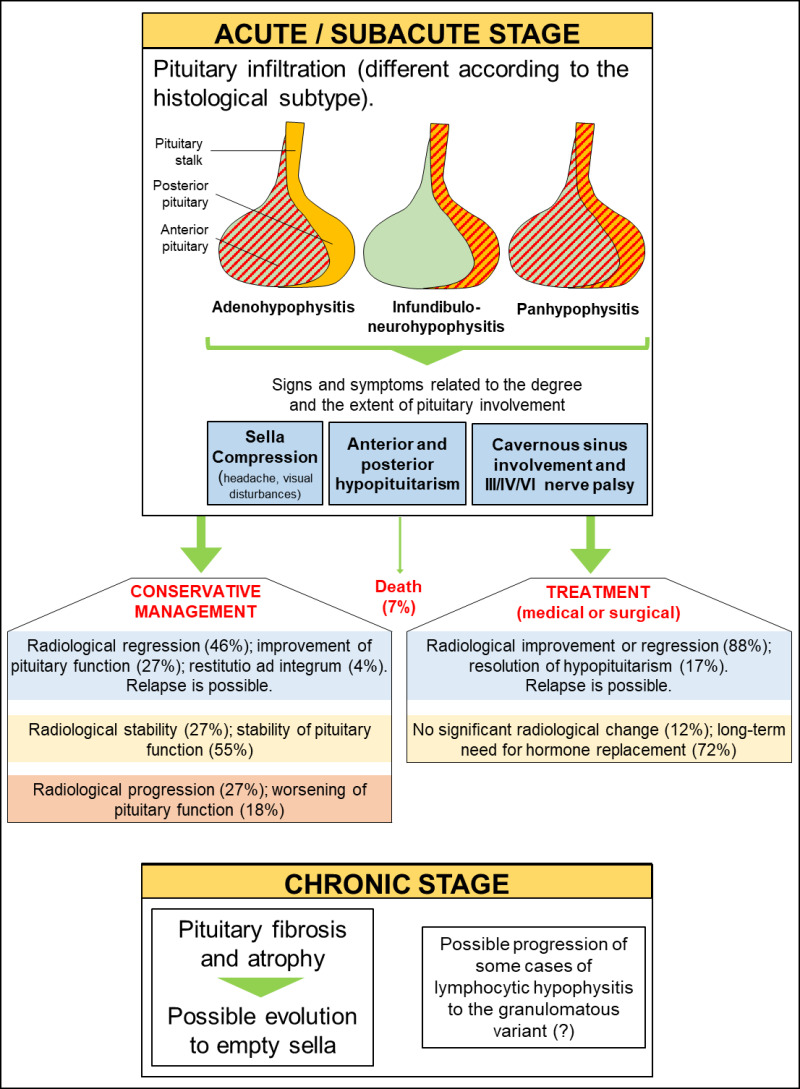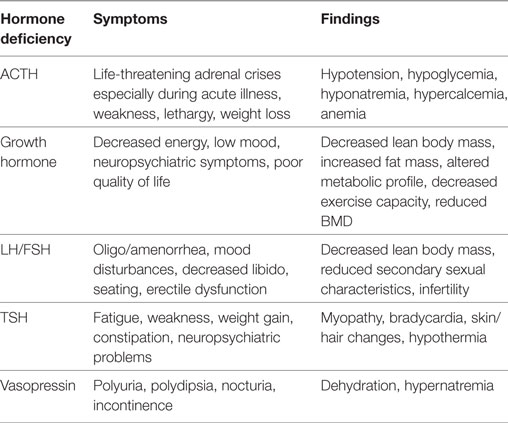Amazing Info About How To Diagnose Hypopituitarism

Hormone deficiency is diagnosed based on the patient’s symptoms and the results of blood and sometimes urine tests.
How to diagnose hypopituitarism. The diagnosis of hypopituitarism, defined as deficient secretion of one or more pituitary hormones because of pituitary or hypothalamic disease, is made by documenting. The treatment goal is to return the pituitary gland to normal function. Your provider may order different blood tests that measure the.
The diagnosis of hypopituitarism is based primarily on blood tests but may also involve imaging studies to look for evidence of pituitary damage or deformity. The diagnosis of hypopituitarism is made by measuring basal hormone levels in the morning fasting status or performing stimulation tests if necessary. Your health care provider will ask about your past health.
Treatment may include hormone replacement. The most common cause of hypopituitarism (61%) is pituitary tumors. Pituitary tumors may cause the increased production of one hormone with resultant deficiency of the.
You will also need an exam. Other tests you may need: Hormone level blood tests :
In addition to a complete medical history and physical exam, diagnostic procedures for hypopituitarism may include: The specialist should analyze the symptoms presented by the patient in order to identify the hormone that is affected by hypopituitarism. Computed tomography scan (also called a ct or cat scan).
Your healthcare provider may order any of the following tests to diagnose hypopituitarism: Diagnosis and prevention your doctor will conduct a series of tests to first determine if you suffer from hypopituitarism and if you do, discover its cause including:. This requires a thorough questioning.










/sheehans-syndrome-overview-4588420_final-345fa3ce144c4a87a9d7b5a5ed2376bb.png)







